
-
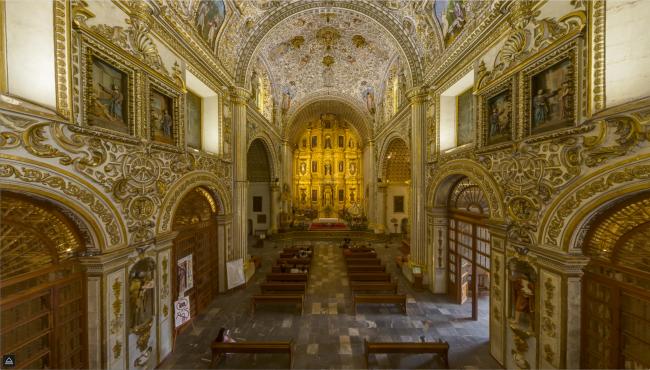
Interior del Templo de Santo Domingo de Guzmán
-
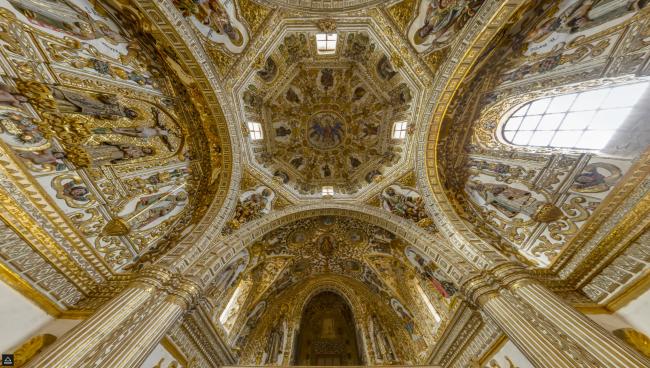
Interior del Templo de Santo Domingo de Guzmán
-
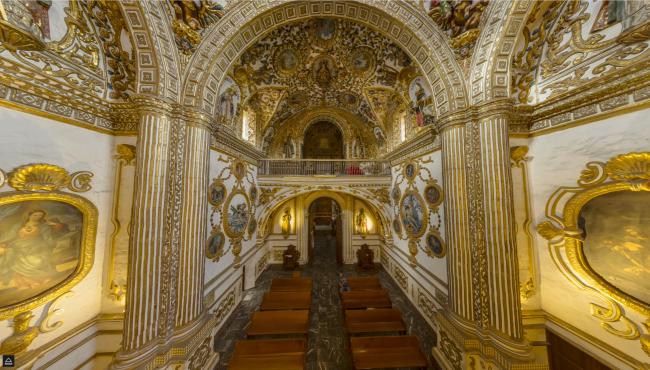
Interior del Templo de Santo Domingo de Guzmán
-
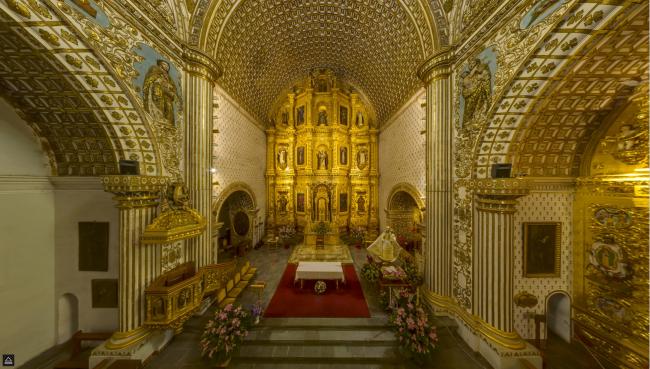
Interior del Templo de Santo Domingo de Guzmán
-
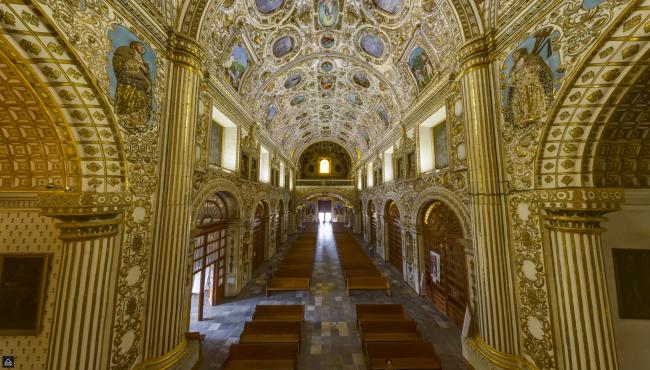
Interior del Templo de Santo Domingo de Guzmán
-
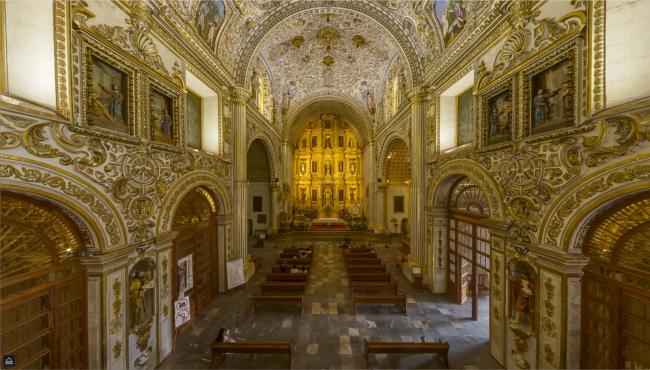
Interior del Templo de Santo Domingo de Guzmán
-
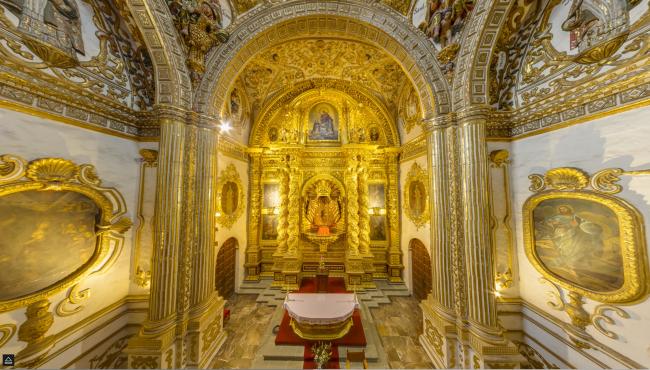
Interior del Templo de Santo Domingo de Guzmán
Interior of the Church of Santo Domingo de Guzmán
Espacios
The first Dominican friars arrived in Oaxaca in 1529, naming the city Nueva Antequera due to its resemblance to Antequera in Andalusia, Spain. Friars Gonzalo Lucero and Bernardino de Minaya were among the first to arrive. Their initial monastery, San Pablo, was abandoned after a series of earthquakes. They then relocated to this site, where they were granted 14 lots to build the current church of Santo Domingo de Guzmán.
On September 4, 1548, the construction of the convent was authorized by royal decree issued in Salamanca in 1551. The first prior, who later became bishop of Oaxaca, was Friar Bernardo de Albuquerque. The church’s interior features baroque decoration created by New Spanish artisans and leading architects from Spain. Construction began in 1575 and concluded by the end of the century. The church was consecrated in 1611.
During the War of Independence and the Reform period, the cloister was used as military barracks by various factions, which caused significant damage. Independence leader Vicente Guerrero was once imprisoned in one of its cells.
From 1860 to 1901, the convent remained closed until, on November 2, 1902, Bishop Eulogio Gillow successfully reopened it for worship after the army vacated the premises. Since 1972, this magnificent cloister has housed the state’s regional museum.

